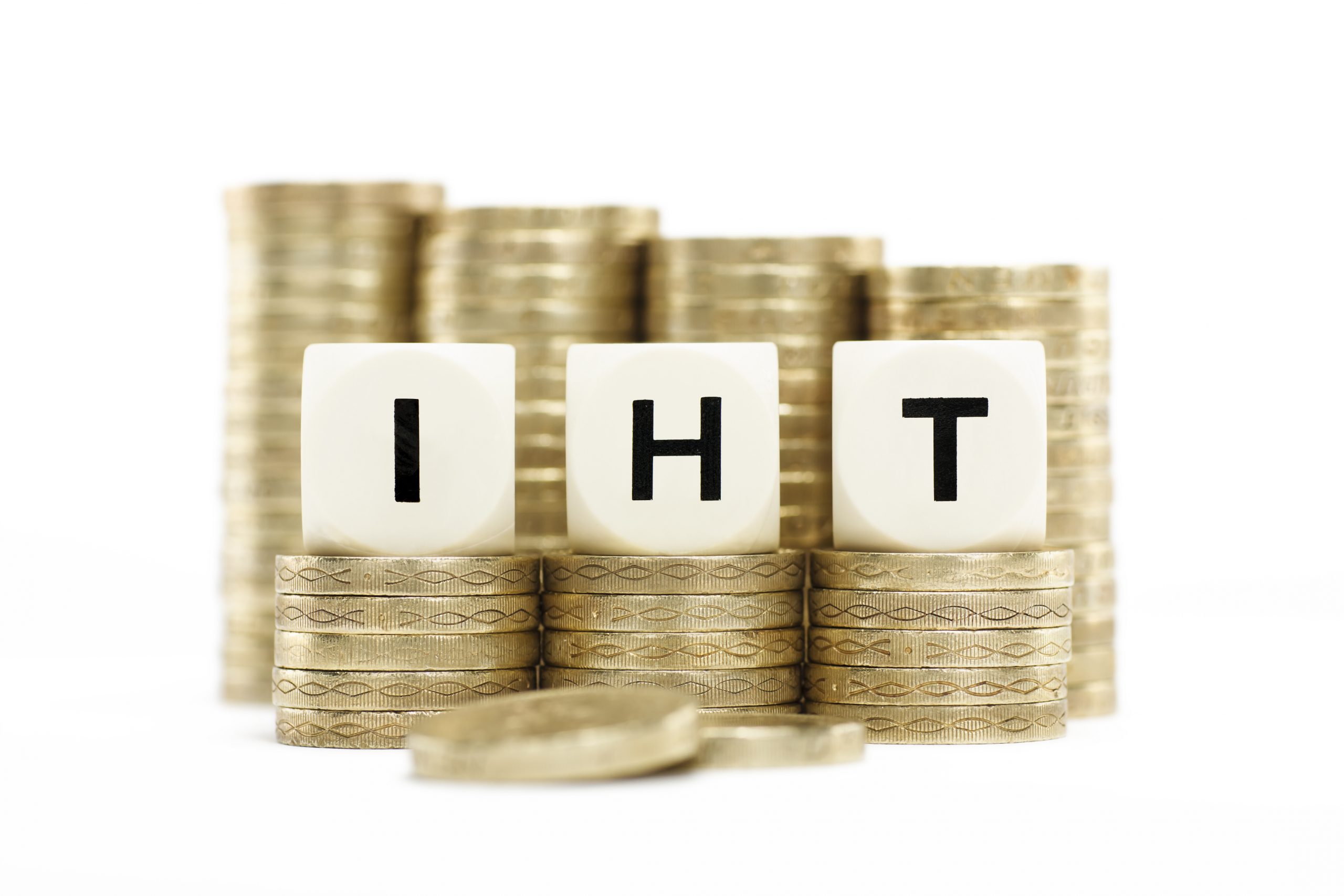The latest update to the OBR’s economic and fiscal outlook was published on the day of the Autumn Statement, providing an independent analysis of public spending amid the myriad of government policy changes.
Within the report, it provides forecasts in a range of areas, including inflation, interest rates, GDP and oil prices.
Below are five key areas:
1) House prices and mortgage rates
The OBR’s central forecast estimates that house prices will grow 0.9% in 2023 and then fall 4.7% in 2024.

Wellness and wellbeing holidays: Travel insurance is essential for your peace of mind
Out of the pandemic lockdowns, there’s a greater emphasis on wellbeing and wellness, with
Sponsored by Post Office
“This would be consistent with the price of the average UK home reaching a low of around £266,000 at its trough in the final quarter of 2024”, the OBR wrote.
Overall, from the house price high in Q4 2022 to their low in Q4 2024, nominal house prices are expected to decline 7.6% which is 2.4 percentage points less than the OBR expected in March.
It added that it expects house prices to recover slowly, reaching their late 2022 peak levels in the second half of 2027 and rising to 6.4% above this level by the end of the forecast.
However, the OBR said the outlook for house prices is “particularly sensitive to changes in interest rates and household income growth”.
It noted that the past rises in interest rates “are still to have their full effect on the economy”, with the Bank of England estimating that over half the impact from two years of base rate hikes are still to be felt.
Indeed, the increased share of fixed rate mortgages has cushioned borrowers from the pass-through of higher mortgage rates to household incomes.
However, average interest rates on the stock of mortgages are expected to rise from a low of 2% in 2021 to a peak of 5% in 2027.
The OBR also cited that housing transactions fell to their lowest level since the middle of the pandemic in Q2 2023 as higher mortgage rates reduced housing affordability. As such, property transactions are expected to fall 6.9% in 2024, steeper than its forecast back in March (5%). On a more positive note, it expects housing transactions to steadily return to growth from the final quarter of 2024, returning to pre-pandemic levels in the Q1 2027.
2) Living standards and disposable income
The OBR said real household disposable income (RHDI) has proved “unexpectedly resilient”, falling 1.4% in 2022, but rising 0.6% in 2023, partly because the rising interest rates boost cash savings returns “far outweighing the rise in interest payments from higher mortgage rates”.
However, RHDI is expected to fall again in 2024, by 0.9% as inflation slightly outweighs growth in pay and non-labour income, before returning to growth of around 2% in the medium term as inflation falls back towards its 2% target, pay growth remains higher than inflation and as the interest rate hikes fully pass through.
Overall, living standards are forecast to be 3.5% lower in 2024/25 than their pre-pandemic level. The OBR said “this represents the largest reduction in real living standards since ONS records began in the 1950s.”
Living standards return to pre-pandemic levels in 2027/28 as “labour incomes begin to steadily outmatch slowing inflation”.
Chancellor Jeremy Hunt’s National Insurance reforms are also expected to boost real household incomes by around 0.5%.
Meanwhile, the adjusted household saving rate is expected to fall from just above 3% of incomes in 2022 and 2023 to 1.8% in 2024, “as consumers seek to maintain real spending despite falling real incomes”, the OBR noted. Aggregate household incomes have proved more resilient than anticipated.
3) Inflation
Inflation is expected to be “more persistent and domestically-fuelled” than the OBR previously thought, and not returning to its 2% target until the first half of 2025.
As such, markets now expect interest rates will need to remain “higher for longer” to bring inflation under control.
“We therefore expect inflation to remain higher for longer, taking until Q2 2025 to return to the 2% target, more than a year later than forecast in March.
“Inflation is also more domestically-fuelled with a more positive starting output gap and stronger nominal wage growth more than offsetting the faster-than-expected decline in gas prices.
“As a moderate degree of spare capacity in the economy opens up and gas prices fall further, inflation dips slightly below the 2% target between 2025 and 2027, before returning to it at the forecast horizon,” the OBR noted.
It added that more persistent inflation means markets expect interest rates to be more than a full percentage point higher than it assumed in March.
“Bank rate reached a 15-year high of 5.25% in August 2023, around 100 basis points above our previous forecast. And markets now expect Bank rate to settle at 4% by the end of the forecast.”
4) Employment and wages
As part of its central forecast, the continued loosening of the labour market suggests unemployment rises to 1.6 million people (4.6% of the labour force) in Q2 2025. This peak in unemployment is around 85,000 people higher – and a year later – than it expected in March.
“The weakening in labour demand reflects rising interest rates and slower GDP growth opening up a degree of spare capacity in the economy. Unemployment then falls back to its assumed structural rate of 4.1% by the forecast horizon, as Bank rate falls and the spare capacity in the economy is taken up”, the OBR noted.
It added that the employment rate is currently still one percentage point below its pre-pandemic peak, but by the end of the forecast period is expected to be 0.3 percentage points higher than expected in March, due to the Chancellor’s policy measures and “our assumption that some of the recent strength in employment is structural”.
It said: “Labour demand has been weakening recently, with vacancies falling from a peak of 1.3 million in May 2022, to around 960,000 in October 2023. The employment rate is forecast to fall from 60.7% in Q3 2023 to 60.2% in Q2 2025, reflecting both rising unemployment and falling participation. The employment rate then makes a partial recovery to 60.6% by the end of the forecast, 0.3 percentage points higher than we expected in our March forecast,” the OBR noted.
Meanwhile, on average earnings growth, it said this will be around two percentage points higher in both 2023 and 2024 than it expected in March.
It cited that whole economy earnings growth hit just over 8% in Q2 2023 and ranged between 6% and 8% in Q3.
“We expect earnings growth to ease back to 3.7% in 2024 and 2.2% in 2025 as inflation falls further, labour market conditions continue to loosen and unemployment rises. Nominal earnings growth is then broadly steady until 2028, when it rises to 2.8% as the output gap closes,” the OBR suggested.
5) Gas and oil prices
The OBR said market expectations for natural gas prices have fallen in both the very near term and the medium term since its March 2023 forecast.
It suggests wholesale gas prices will average £1.20 per therm in 2024 and 2025 which is 40p and 20p a therm lower than previous assumptions.
From 2026, it holds gas prices constant in real terms, “which is still around twice the pre-pandemic average of 50p per therm”.
It said the recent fall in prices “partly reflects a rapid rise in liquified natural gas imports, especially from the US and Qatar, compensating for the loss of Russian imports”.
Further, the unusually warm winter in 2022/23 also allowed European countries to fill gas reserves above target levels ahead of the coming winter.
But it added: “Despite recent relative stability in the futures market, further supply disruptions or a cold winter remain key risks to gas prices”.
Turning to oil prices, it expects Brent crude oil prices for 2024 to increase 8.3% to $82 a barrel, amid production cuts by OPEC+ members including Russia.
In sterling, oil prices for 2024 have risen by 7.9% to £68 a barrel “reflecting the slight strengthening in the pound since our March forecast”.
It noted that the price of crude oil has been volatile in recent months, peaking at $97 a barrel on 27 September, 8.9% higher than estimated.
“A higher oil price is a key risk given the ongoing conflict in the Middle East. A sustained period of higher oil prices would raise inflation and reduce consumption and productivity,” the OBR added.




